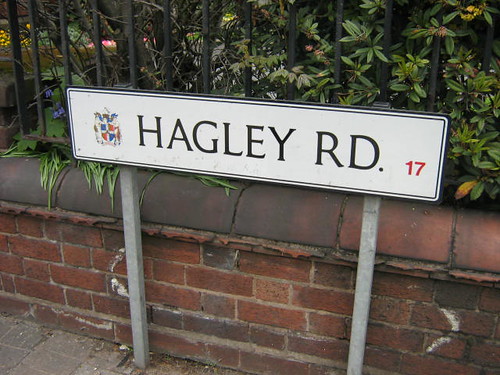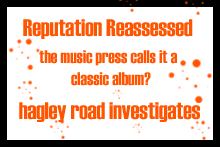 Impenetrably arty, or just a load of nothingness?
Impenetrably arty, or just a load of nothingness? What is it with arty film directors?
It makes you wonder if their default way of operating consists in shooting their film first, followed by sessions with arty mates and colleagues looking for conceated ways of coating their product in a load of wierdness and randomness.
And at the end of it, do they talk to each other about things like "metaphysical hyperrealism" so that they can feel sophisticated?
Contempt for the ordinary viewer, however, is certainly something they fail to take into account.
Blatantly so in the case of This Must Be The Place, directed by Paolo Sorrentino and one of the winners, god knows how, at the 2011 Cannes Film Festival.
The film is double frustrating for a number of reasons.
Sean Penn's amazing acting feels wasted, for starters. Perfect in his portrayal of retired (and bored) goth rockstar Cheyenne (looks modelled after The Cure's Robert Smith, one of this blog's heroes), Penn confirms his talent for versatility. Pity that he's wallowing in a sea of nothingness here.
And that's because the story plot is so weak that it comes crumbling down the moment it's apparent that the film is about very little was it not for a lot of beautiful photography, cultivated shots and intriguing landscapes.
Other than that, it's like trying to bake a cake with water being the only ingredient.
They could have expanded on Cheyenne's relationship with his estranged parents, or anything about his past, or present, or even future, or any of the side characters that are churned out every five minutes and then kicked into oblivion for no apparent reason.
Instead the plot errs from handing David Byrne a bit of self publicity, to bits and pieces about a local lady mourning her missing son, or even Cheyenne's mate going on about his sexual prowess.
Until, 50 minutes into it, an improbable stab at hunting Nazi war criminals becomes - but not too much - the purpose of the film.
And if that wasn't random enough, there's two-a-penny unconnected references to anything from wheeled suitcases, to ping pong, to blokes jumping into your car asking for a lift only to get dropped off thirty seconds later. Of course, for no apparent reason, aside from showing a stunning shot of the New Mexico desert. Camera held diagonally, of course.
Now, no doubt this blog's being ignorant. No doubt, director Paolo Sorrentino and whoever co-wrote the script had in mind some grand reference to the alienation of the globalised world or other self-aggrandizing coincidental double meaning.
And we're all up for a load of substance. But when you have to practically give yourself a brain transplant to try and grasp what a film is on about, then it's quite obvious something doesn't add up.
In short, very disappointing.



No comments:
Post a Comment